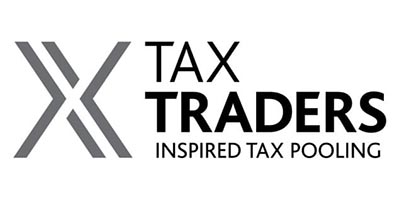The 2020 Budget announced by the government on Thursday is the single biggest spending package in New Zealand’s history. It is a $50 Billion Covid-19 recovery budget aimed to keep New Zealand’s economy afloat while riding out the effects of the pandemic.
According to the government in the aftermath of COVID-19, our key to rebuilding the economy is getting businesses moving and making sure Kiwis are in work. That’s why Budget 2020 focusses on jobs: creating new jobs, helping people to get the skills they need for the jobs we have, offering support to protect incomes and get people back into work.
There are no new taxes or large spending cuts in the budget, however treasury forecasts deficits for the next 6 years till 2027 Link.
Budget Highlights
- $50 Billion total spending which includes $13.9 Billion already spent as part of COVID-19 response and $20 Billion set aside for future projects.
- $3.9 billion to ensure all DHBs continue to meet the needs of their populations.
- $3.2 billion on eight-week extension of the wage subsidy scheme for businesses suffering a 50% loss.
- $3 Billion on infrastructure including a revamp of the provisional growth fund. Building 8000 state and transitional houses in partnership with housing providers.
- $1.6 Billion for two years free tertiary courses in construction, agriculture, manufacturing, and also vocational courses such as community health, counselling and care work. This is expected to benefit about 100,000 students.
- $1.1 billion capital invested in improving transport across New Zealand, including replacing ageing ferries and locomotives. This also includes $400 million to replace the Interisland Cook Strait ferries.
- $414.2 million for the Early Learning Sector, including funding subsidies, pay increases for educators, additional support for home-based educators and investment in playcentre sustainability
- $400 million targeted tourism recovery fund including a domestic tourism campaign.
- $246.1 million investment in community services, including a significant funding boost for family violence service providers.
- $193.5 million to support farmers through the eradication of Mycoplasma Bovis.
- $47.8 million to replace ageing communications capabilities for Police, Fire and Ambulance to support healthier, safer and more connected communities
Forecasted effects of the budget on jobs & Government debt
Treasury budget forecasts estimate the stimulus measures could see as many as 138,000 jobs saved in the current economic quarter and employment rise by 234,000 jobs over the next two years.
- $220 million on the free school lunch programme, feeding an additional 200,000 children up from the current programme which feeds 8000 children. This will create an estimated 2000 jobs.
- $1.1 Billion investment in conservation and environmental projects will create 11,000 new jobs.
- Government debt is forecasted to rise from 90 Billion currently owned to $200 Billion by 2024.







